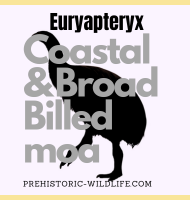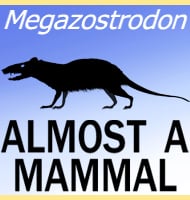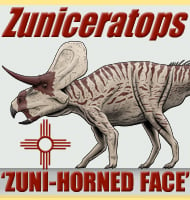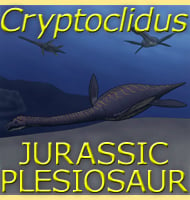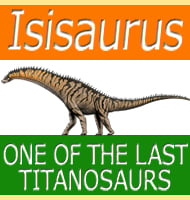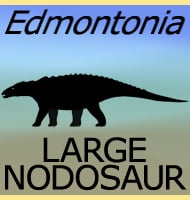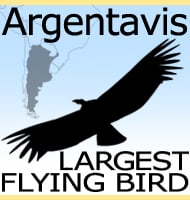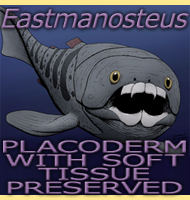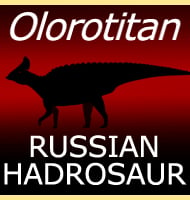In Depth
When discovered, Domeykodactylus was mistaken for the filter feeding pterosaur Pterodaustro because the remains of its head crest were thought to be specialised teeth for straining water. In actuality Domeykodactylus had teeth in raised sockets, and although not preserved, they would probably have been relatively small. This adaptation has seen Domeykodactylus placed within the group of pterosaurs that are noted for potentially having shellfish diets.
The name Domeykodactylus is derived from Cordillera Domeyko, a mountain range of the Andes. ‘dactylus’ is of course Greek for finger, in reference to the fact that the outer edge of a pterosaur wing is supported by an elongated finger. Another way of translating this is ‘finger from Cordillera Domeyko’.
Further Reading
– Reinterpretation of a Chilean pterosaur and the occurrence of Dsungeripteridae in South America. – Geological Magazine. 137 (1): 19–25.. – D. M. Martill, E. Frey, G. C. Diaz & C. M. Bell – 2000.

